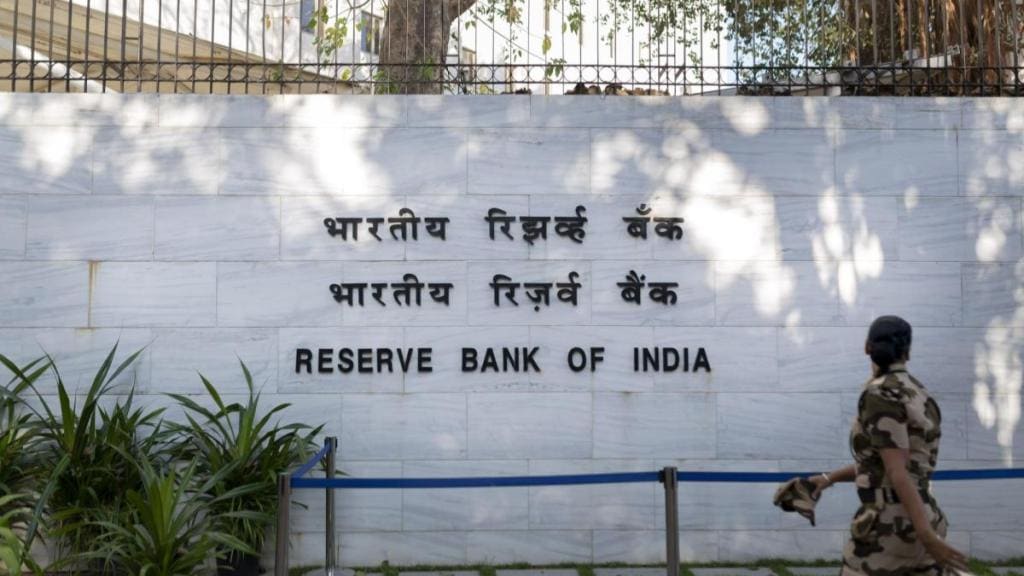The Reserve Bank of India’s (RBI) proposed guidelines to revamp the external commercial borrowings (ECB) framework is likely to become a game changer in acquisition financing, believe bankers and analysts. However, banks added that further relaxation, in terms of an increase in acquisition financing limit from the proposed 10% of their Tier-1 capital to anywhere between 20%-40%, will help in funding bigger deals.
“We are urging the RBI to reconsider the 10% cap, proposing a more flexible threshold of up to 40% of the bank’s net worth to accommodate larger transactions,” said a senior banker from a state-run bank. November 30 is the last date to submit suggestions on the proposed guidelines.
The proposed liberalisation of ECB guidelines enables the instrument to be used for potential Mergers and Acquisitions (M&As), allowing funding for both listed / unlisted share purchases, not just business transfers, with fewer restrictions.
“Raising this limit is not just a matter of competitiveness, it’s a strategic imperative taking into consideration the risk factors associated with this line of credit,” said Pratish Kumar, Partner at JSA.
He added that Indian banks, especially those with overseas subsidiaries and IFSC branches, are now empowered under the draft ECB norms to extend rupee or foreign currency-denominated ECBs. “This means they can directly participate in acquisition financing deals without being constrained by jurisdictional compliance hurdles. A higher cap would allow these offshore arms to deploy capital more meaningfully, supporting Indian borrowers in cross-border M&A and private credit transactions,” he added.
Agreeing with Kumar, a senior partner from the domestic law firm, said, “The limit of 10% will be applicable for both onshore loans and ECB loans for Indian banks. This makes it more important that the 10% limit can be reconsidered in light of large M&A deals.”
However, he highlighted a grey area, stating that it is not clear that the restrictions applicable to Indian banks under the acquisition finance guidelines (like only a listed company can participate, the 10% net worth cap and debt to equity ratio) will also apply to foreign branches of Indian banks.
As a matter of practice, foreign branches of Indian banks generally follow all applicable guidelines. In such a case, this will not be a level playing field between Indian banks and foreign banks, with the latter having an edge in funding where the Indian banks may not be able to do.” He believes that if there is clarity that the restrictions of acquisition guidelines (including the 10% limit) applicable to Indian banks will not apply to ECB loans, then this could make ECB a more attractive option for large deals.
If the limit does not apply to Indian banks, ECBs could become the preferred route for high-value acquisitions, especially where exposure limits constrain domestic banks. This regulatory arbitrage could shift deal structuring offshore, even as the RBI aims to deepen domestic financial participation. In this context, the RBI’s proposed cap of 10% of Tier 1 capital for acquisition financing by Indian banks may be too conservative, according to experts.
India Inc’s M&A activity in H12025 reached $50.5 billion, according to EY. As per the current prescribed limit, Indian banks will have less than $30 billion (Rs 2.5 lakh crore) available for acquisition financing; therefore, there is demand from banks to increase the limit by 10%. However, Karthik Srinivasan, Group Head Financial Sector Ratings at ICRA, feels, “The current available limit is a good starting point, and we do not see the regulator changing the prescribed limits.”
Meanwhile, with ECBs now also permitted for refinancing and real estate-linked acquisitions, Indian banks are well-positioned to structure hybrid deals that blend domestic and offshore capital. Increasing the acquisition finance limit would enable them to support strategic consolidation, distressed asset takeovers, and sponsor-backed buyouts more effectively, areas where private credit and global lenders are already gaining ground.
“The ECB reforms are not just a liberalisation; they are a strategic opening. Indian banks are trying to seize this moment by advocating for a higher acquisition finance cap, leveraging their global footprint to remain relevant in India’s evolving credit ecosystem,” said Kumar. As Srinivasan puts it, “While it opens up another channel for domestic banks, ultimately, the competitive edge will lie with those who can offer finer rates.”

